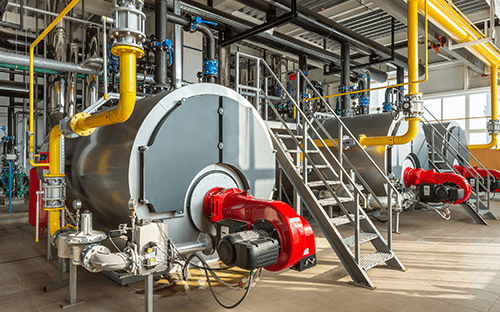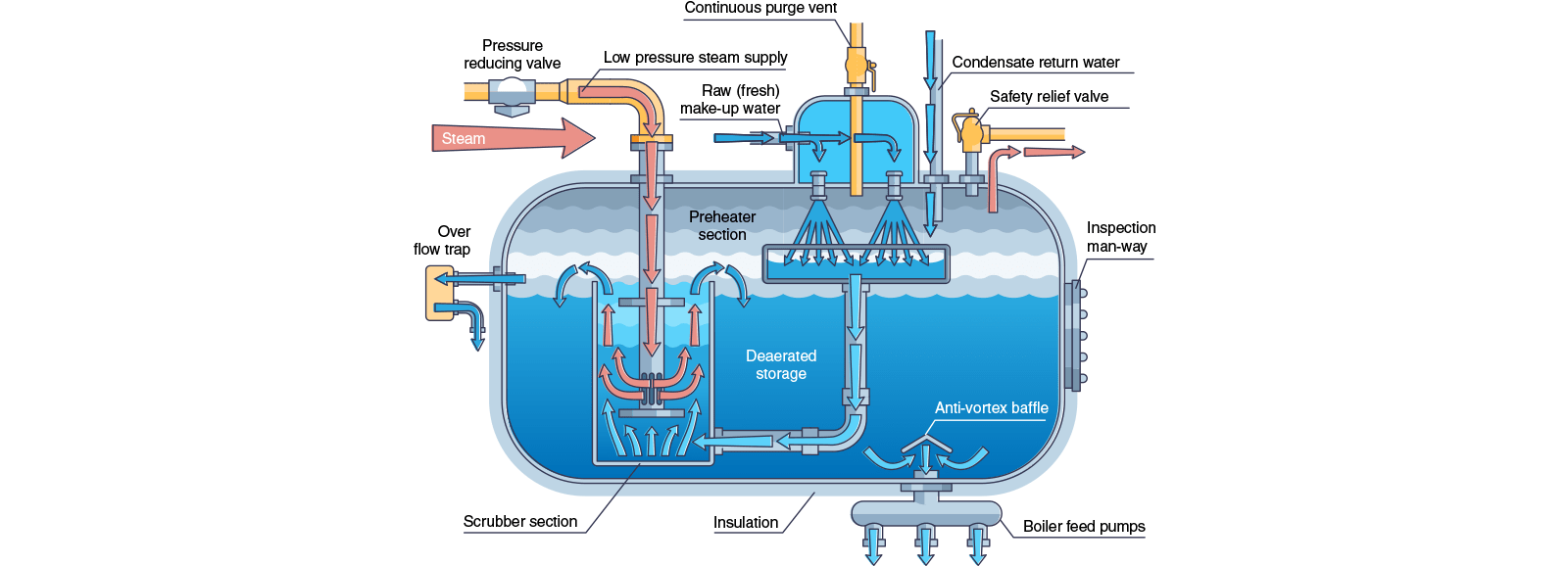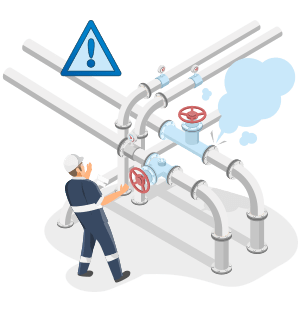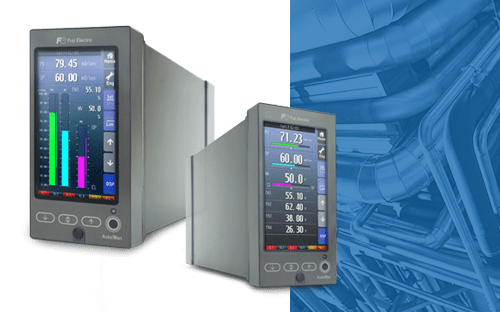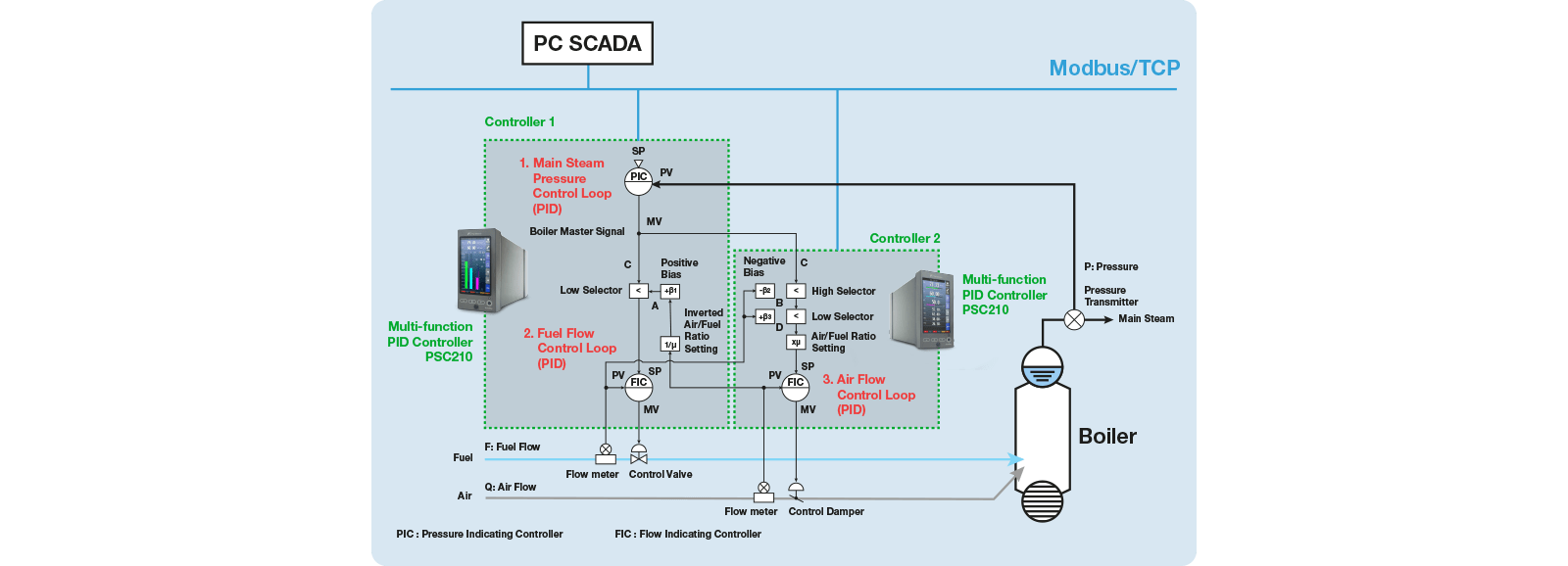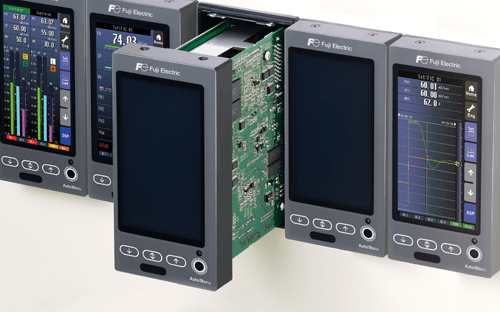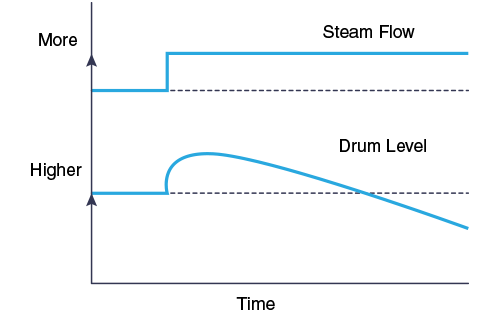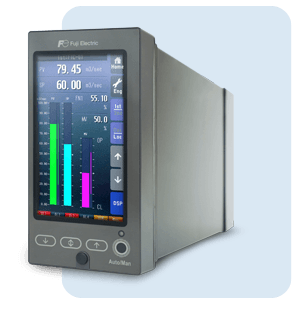Multi-function process controllers: a reliable and cost-effective solution for controlling the level of industrial steam boilers and achieving stable and accurate drum level control.
The primary goal of drum level control is to change the feedwater flow in reaction to water level feedback so that the height remains consistent. Water flow is usually adjusted by speeding up or slowing down a feedwater pump, or by opening/closing a valve.
The feedback control method is suitable if the boiler load (steam demand) is steady. However, a large and sudden change in load causes an issue called «reverse response of the drum level» which makes it unstable. The steam output flow is measured before any level change, and this information is used to manipulate the feedwater. This action is known as «two-element control» and helps ensure close control during stable and transient conditions.
Additionally, the feedwater flow control loop added in cascade from the drum level control loop improves controllability and eliminates the effects of feedwater pressure variation.
The addition of these three elements - (1) drum level, (2) steam flow and (3) feedwater flow - enables the controller to foresee how much water needs to be added to the drum, despite any disturbances, thus maintaining an even drum level.
Figure 1 shows an example of the PSC210 function block combinations for the three-element boiler drum control.
The PID control block output (MV) of the drum level control loop (LIC) is provided as the setpoint (SP) of the second PID control block for the feedwater flow control loop (FIC) in cascade. The LIC output (MV) is added to the steam flow to compensate for its variations (feedforward control).


